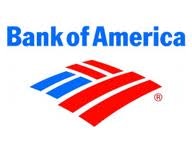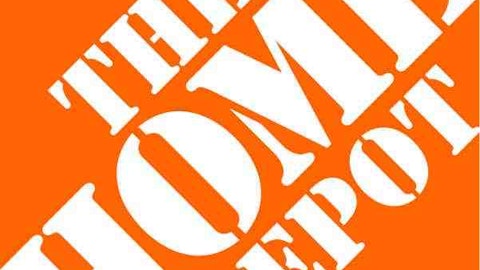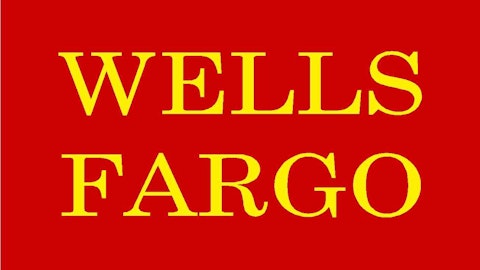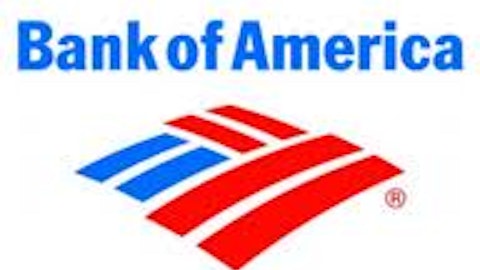Last week, a conglomeration of federal agencies unveiled the newest set of proposals regulating the mortgage industry. A newer, shinier version of those put forth in 2011, the rules are meant to rein in risky lending by, among other things, requiring banks to hold on their books 5% of the mortgages they securitize and sell.

This sounds like a dandy idea — and it is. The problem is, these rules were a lot stricter two years ago. Since that time, the regulations have been weakened and likely won’t cut the mustard when it comes down to protecting the economy from another mortgage meltdown.
Revamped to the point of uselessness
Federal regulators from agencies such as the Federal Reserve and the Office of the Comptroller of the Currency have been working on this bundle of rules under the auspices of Dodd-Frank, which aims to reduce risky lending behavior by requiring banks to put some of their own skin in the game.
But key changes occurred from the original proposals floated in 2011. Two years ago, the regulations required the 5% rule for all loans with less than a 20% down payment, as well as a “premium capture cash reserve account.” This meant lenders who made money on the difference between the yield of the portfolio and the coupon rate being paid to investors would need to set that cash, or excess spread, aside in case of losses.
This annoys banks because it interferes with their securitization machine. Banks have become accustomed to securitizing that excess spread into another, interest-only bond. This technique allows for an immediate return on income that would otherwise be trickling in over time, and would usually be put aside to insure against losses, anyway. As the OCC points out, this makes the idea of risk retention “illusory”, since it only encourages risky securitization products — which sport higher yields.
Not surprisingly, special interests like the Mortgage Bankers Association balked at the rule, alleging that it would dry up the securitization market by eliminating incentives. Consumer groups joined the fray, concerned that such stringent rules would increase the costs of home ownership. A class of mortgages called “qualified residential mortgages” would have been exempt, however, since they were loans with a 20% down payment, and required borrowers to spend no more than 36% of income on debt service.
The stripped-down version released last week has many fewer teeth. The qualified residential mortgage issue has been resolved by making it a carbon copy of the “qualified mortgage” rule, promulgated by the Consumer Financial Protection Bureau early this year. Doing so has not only done away with the down payment requirement, but has also ratcheted up the debt-to-income ratio to 43%.
Gone, too, is the PCCRA, at least as it was originally imagined. The exemption is now so broad as to be virtually nonexistent, and would have exempted 98% of all mortgage loans originated last year, according to Moody’s analyst Mark Zandi.
Risk hasn’t really been ameliorated
While special interests are happy with the results, the whole thing seems like an exercise in futility. The pleadings of the lobbyists shouldn’t have carried so much weight: After all, what’s wrong with requiring a 20% down payment? Just like banks, borrowers with skin in the game will surely be less apt to walk away from a loan than those who don’t.





